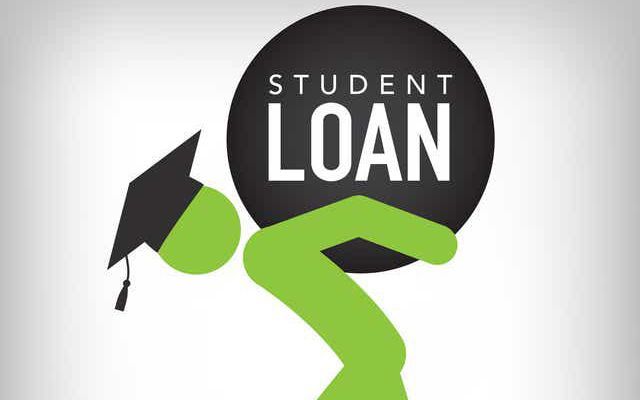
The United States Department of Education (USDOE) announced on December 22, 2021, that the pause on federal backed student loan collections would be extended until May 1, 2022. This three-month extension of this Cares Act relief comes at a welcome time for millions of borrowers still impacted by COVID-19 and not confident of their ability to resume payments in the next month.
According to the USDOE, “The pause on student loan payments will help 41 million borrowers save $5 billion per month. Borrowers are encouraged to use the additional time to ensure their contact information is up to date and to consider enrolling in electronic debit and income-driven repayment plans to support a smooth transition to repayment.” See: USDOE Student Loan "Pause"
Since March 13, 2020, payments and collections have been automatically suspended for all eligible borrowers. A borrower can voluntarily resume payments during this time, so that the debt is paid down faster if you have the means to do so. But with no interest accumulating, and certain options for loan forgiveness that we’ll review below, the vast majority of borrowers have not opted to do so.
There are several important steps those with student loans should review during this time, to prepare for the transition to repayment on May 1, 2022:
- Get information about student loans, whether you are applying for student loans or seeking options for repayment, cancellation, forgiveness, or forbearance of debt. A good source of information is the Consumer Financial Protection Bureau (CFPB), which is a government agency that provides information, regulation, and monitoring of banks, lenders and other financial companies. The website is https://www.consumerfinance.gov and here is a link to student loan info: CFPB -Student Loans.
- If you have been enrolled in a school that closed before you could graduate, or been a victim of consumer fraud, you may be eligible for student loan cancellation or discharge. The options for cancelling student loans are provided by law, but limited. The National Consumer Law Center (NCLC) has created a website for student loan borrower assistance, which has very helpful information on the options for borrowers. Here’s a link to their website: https://www.studentloanborrowerassistance.org
- The Biden administration made important changes to the Public Student Loan Forgiveness Program (PSLF) in October, which is very good news for those who work in public service, non-profits, and servicemembers. See: USDOE PSL Forgiveness Expansion 10/21
To qualify for public student loan forgiveness, you must work for a qualifying employer, such as a 501(c)3 non-profit or other not-for-profit that provides a qualifying service, work full-time for 120 months, and have a Direct Loan or consolidate to a Direct Loan. Previously, only Direct Loans qualified as payments, and the vast majority of applications were rejected. With this recent expansion, FFEL and Perkins loans will also qualify, along with payments before consolidation. However, the borrower must take action before October 2022 to qualify. Parents can qualify for Public Student Loan Forgiveness based upon their own employment history. You can review the changes and see how this affects you by reviewing your loans and payment history. Here’s a link to Student Aid PSLF Information.
- If you are totally and permanently disabled, you may have been among the borrowers who recently had 5.8 billion dollars in debt permanently discharged. That process has been a multi-year process in the past, but you can now apply directly for a disability-related discharge with proof from the Social Security Administration, VA, or a physician certifying that you have a disability that prevents substantial gainful activity and has lasted for 60 months, or is likely to last for 60 months or result in death. Here is a link to the application for the total and permanent disability discharge: https://disabilitydischarge.com/.
- Consider income-based repayment plans, which have been available since 1995 and allow for repayment based upon income and family size, with the promise of discharge after twenty or twenty-five years of repayment. Despite the fact that millions of borrowers were enrolled in these programs, very few had received discharges, and abuses by servicers in steering borrowers away from these programs and into more expenses deferments were well documented. Here’s a link to a March 2021 report by NCLC: Education Department's Decades-Old Debt Trap. During this time, if you have not enrolled in such a plan, consider your options before the moratorium expires at the end of April.
These programs may undergo more changes by May, but at this time there are improvements in allowing borrowers to self-report their income annually. Borrowers are also looking to see if the administration or Congress takes action toward more universal student loan forgiveness, but they require Executive and/or Congressional action. In the meantime, borrowers should consider all their options to make informed decisions about repayment.
For more information on student loans and repayment options when the forbearance ends on May 1, 2022, go to the student aid website found at: https://StudentAid.gov.
